A second-year internal medicine resident shares five ACR resources (plus an app) for residents navigating the complexities of rheumatology.


Sergio M. Maldonado-Chaar, MD |
A second-year internal medicine resident shares five ACR resources (plus an app) for residents navigating the complexities of rheumatology.
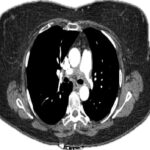
Sambhawana Bhandari, MD, & Colin Diffie, MD |
This report presents a rare case of bilateral pulmonary artery stenosis secondary to granulomatosis with polyangiitis, underscoring the importance of recognizing large-vessel involvement as a potential manifestation of AAV; it also includes a narrative review analyzing eight previously reported cases.
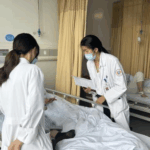
Audrey Liu, MD |
An American rheumatology fellow explores the differences& similarities between the U.S. & Chinese health systems through a visit toa hospital inHangzhou, China.

Chen Chao, MD, MBA |
A second-year fellow describes the process of searching for a post-fellowship job in rheumatology.
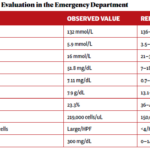
Logan Oliver, MD, & Jason J. Weiner, MD, FACP, FACR |
Anti-neutrophil cytoplasmic antibody (ANCA) associated vasculitis is a rare autoimmune condition characterized by inflammation of small- and medium-sized vessels. ANCA-associated vasculitis can lead to multisystem organ complications, including life-threatening pulmonary hemorrhage, renal failure and death. We present a case of ANCA-associated vasculitis complicated by complement-mediated thrombotic microangiopathy (c-TMA). Of the rheumatic diseases, systemic lupus erythematosus…

Kubra Bugdayli, MD, Ahmed Eldaboush, MD, Sanjana Aggarwal, MBBS, & Bonnie Bermas, MD |
Adult-onset Still’s disease (AOSD) is a systemic autoinflammatory disorder characterized by persistent fever at regular intervals, arthralgias or arthritis, rash, sore throat and neutrophilic leukocytosis.1,2 Significant elevation in ferritin levels is characteristic and tends to correlate with disease activity. Additional clinical features may include myalgias, lymphadenopathy, hepatosplenomegaly, serositis, myocarditis, abnormal liver function tests and development…
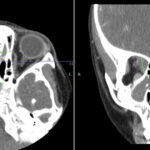
Geoffrey E. Thiele, MD, & Sara Haro, MD |
Granulomatosis with polyangiitis (GPA) is a type of anti-neutrophil cytoplasmic antibody (ANCA) associated small vessel vasculitis that typically affects the kidneys, lungs and sinuses.1 Due to an overlap in signs and symptoms, GPA may initially be difficult to distinguish from IgG4-related disease, another condition that can affect multiple tissues and has variable presentations. Further complicating…

Branden Ireifej, MD, Lea Meir, MD, Emily Gutowski, MD, Hansen Lam, MD, & Wei Wei Chi, MD |
The terrorist attacks on the Twin Towers at the World Trade Center (WTC) that led to their destruction on Sept. 11, 2001, as well as the subsequent year-long cleanup of the site (i.e., Ground Zero) in 2001 and 2002, not only had immediate implications for the lives and health of thousands of individuals at the…
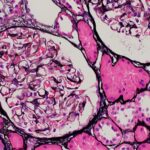
Matthew J. Mandell, DO, Yishui Chen, MD, Prerna Rastogi, MD, PhD, & Rebecca Tuetken, MD, PhD |
Syphilis, an ancient disease caused by the spirochete Treponema pallidum, has been historically referred to as the great mimicker given its heterogenous presentation. Both systemic lupus erythematosus (SLE) and syphilis can have multi-systemic involvement. Both parvovirus B19 and syphilis have been reported to cause histologic features similar to those seen in lupus nephritis. We present…
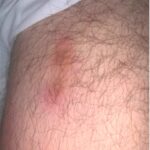
Vania Lin, MD, MPH, Rebecca Johnson, MD, & Lisa Suter, MD |
Polyarteritis nodosa (PAN) is a necrotizing vasculitis, predominantly involving medium-sized arteries, that causes systemic disease, and, less commonly, cutaneous-limited disease. The population prevalence for PAN ranges from 2 to 33 per million.1-3 Estimates vary due to the increased recognition and classification of other forms of vasculitides over time and variation in the regional prevalence of…